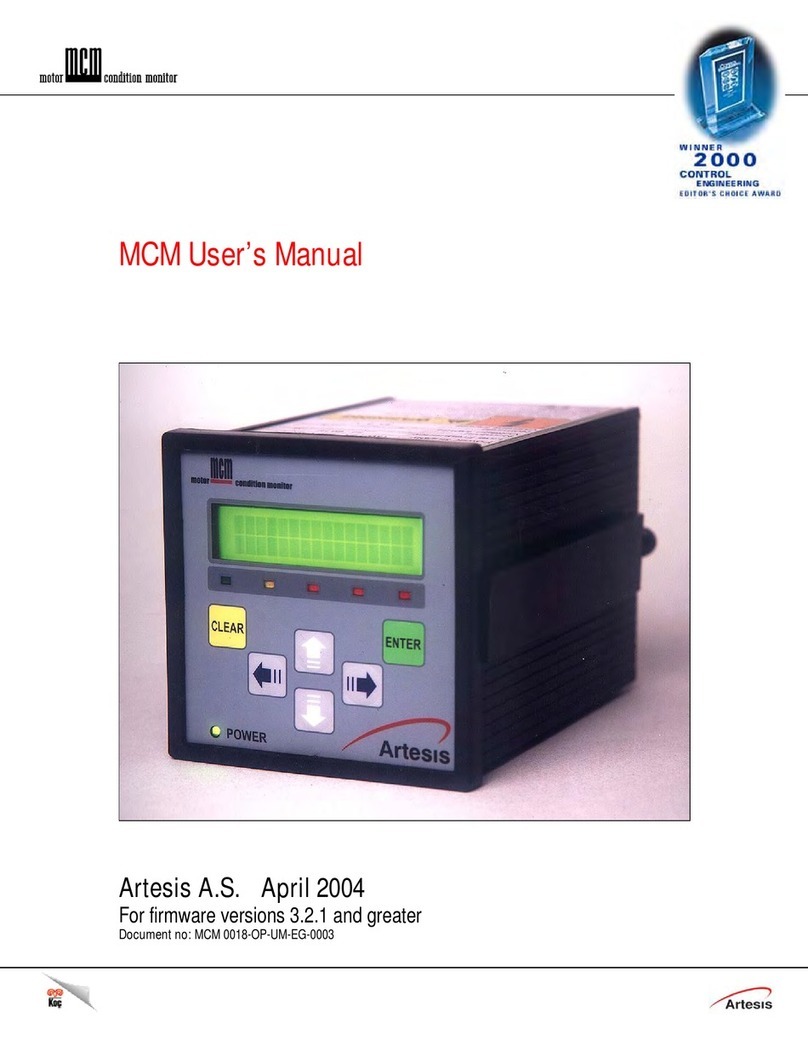2
INDEX
Introduction........................................................................................................................................3
1. Overview ....................................................................................................................................3
2. Features ......................................................................................................................................3
3. Specification................................................................................................................................ 4
Installation ..........................................................................................................................................6
1. Installation ..................................................................................................................................6
2. Name...........................................................................................................................................7
3. Components..............................................................................................................................17
4. HMI ...........................................................................................................................................18
eMCM Using .....................................................................................................................................26
1. Communication Setup ..............................................................................................................26
2. First Use ....................................................................................................................................28
3. Diagnostic Function ..................................................................................................................39
Appendices .......................................................................................................................................49
1. Appendix 1: MCM Error, alarm and warning conditions..........................................................49
2. Appendix 2: Current and voltage sensor selection...................................................................52
3. Appendix 3: Connection Diagrams............................................................................................52
4. Appendix 4: HMI Menu settings and parameters.....................................................................55
5. Appendix 5: Flowcharts for Alarm Conditions.........................................................................56




























